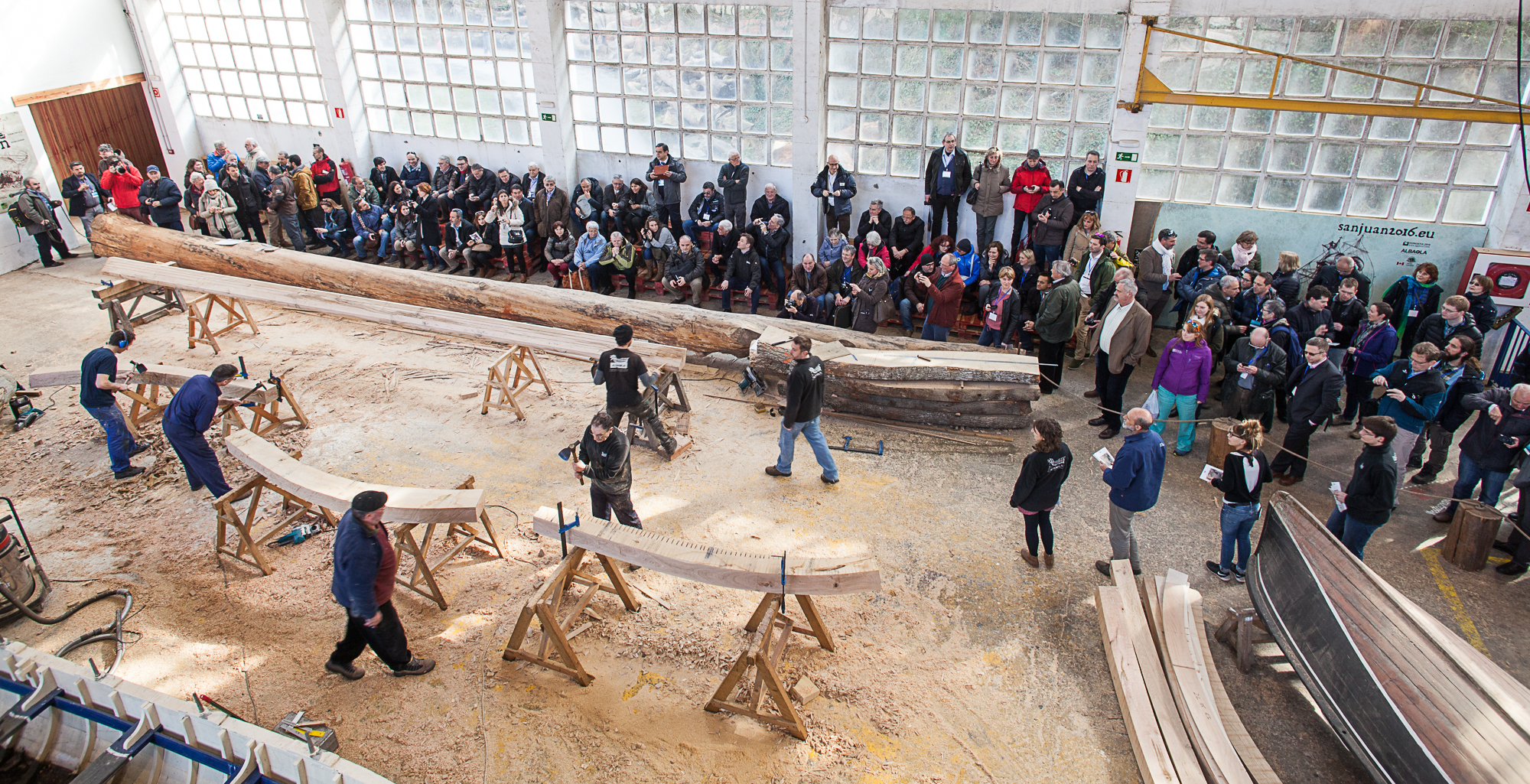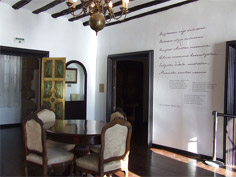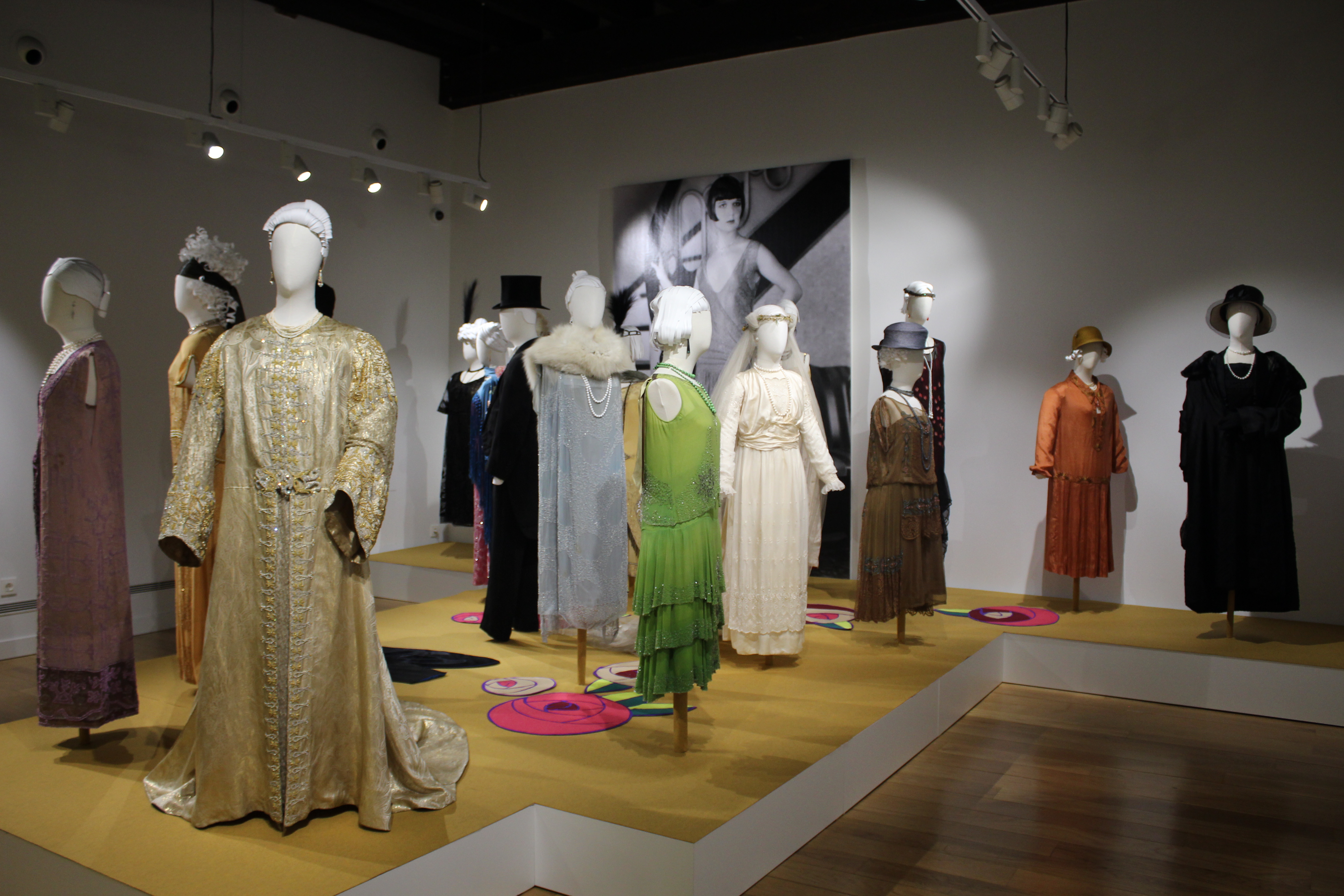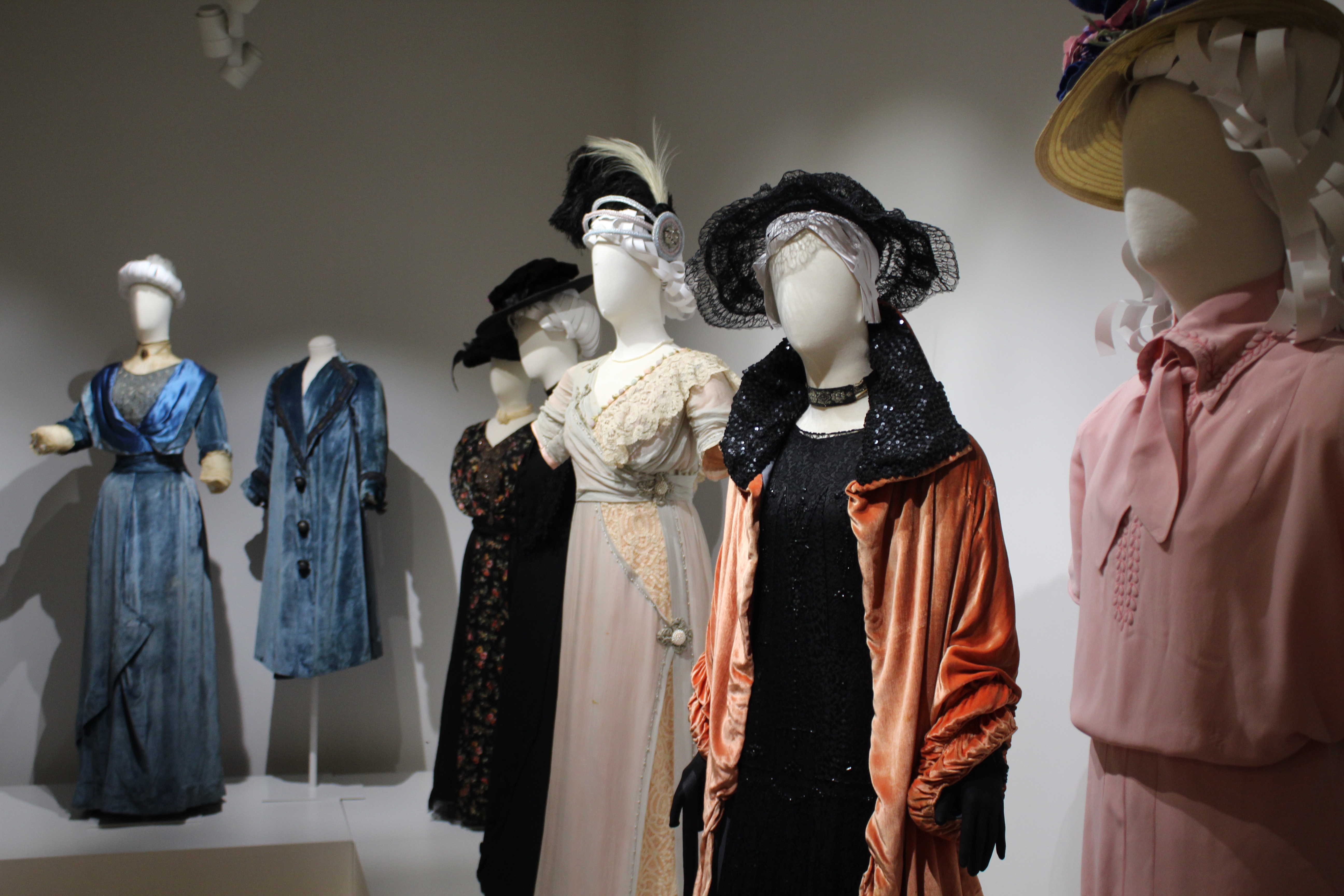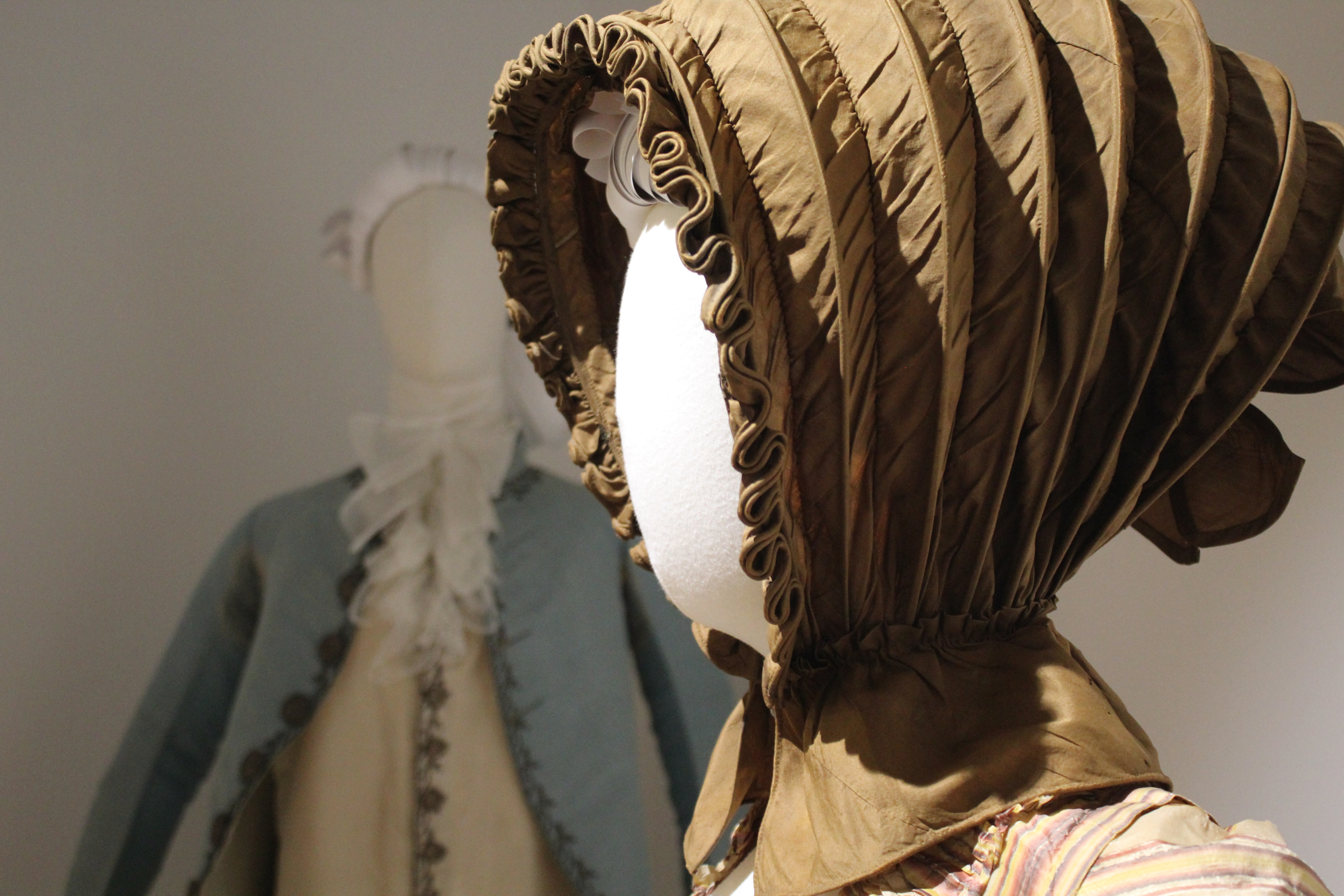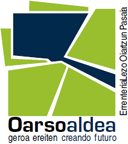- Home
- Explore our area
- Our towns
- Pasaia
- Ezagutu Oarsoaldea
- Gure museoak
Fanderia Mill – River house
This building testifies the rise and evolution of the industry in Errenteria, taking advantage of the force of the water that already in the 15th century served as a motor energy for a iron factory, transformed over the years into a smelter, mill, flour and animal feed factory. It closed in 1996.
You will see in operation mechanism and the grinding, as well as two stones audiovisual and a collection of informative panels on the mill and our cultural heritage and river.
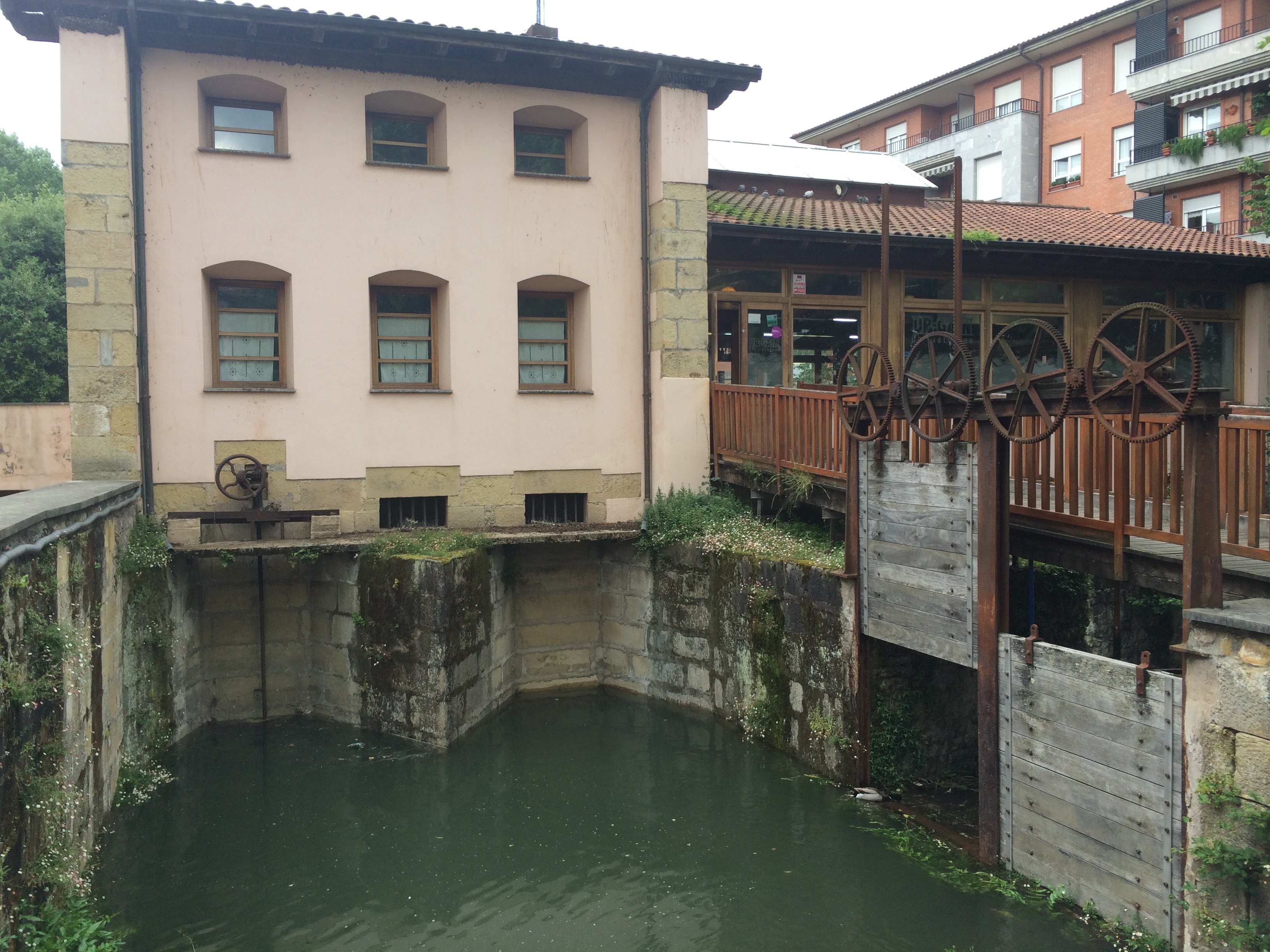
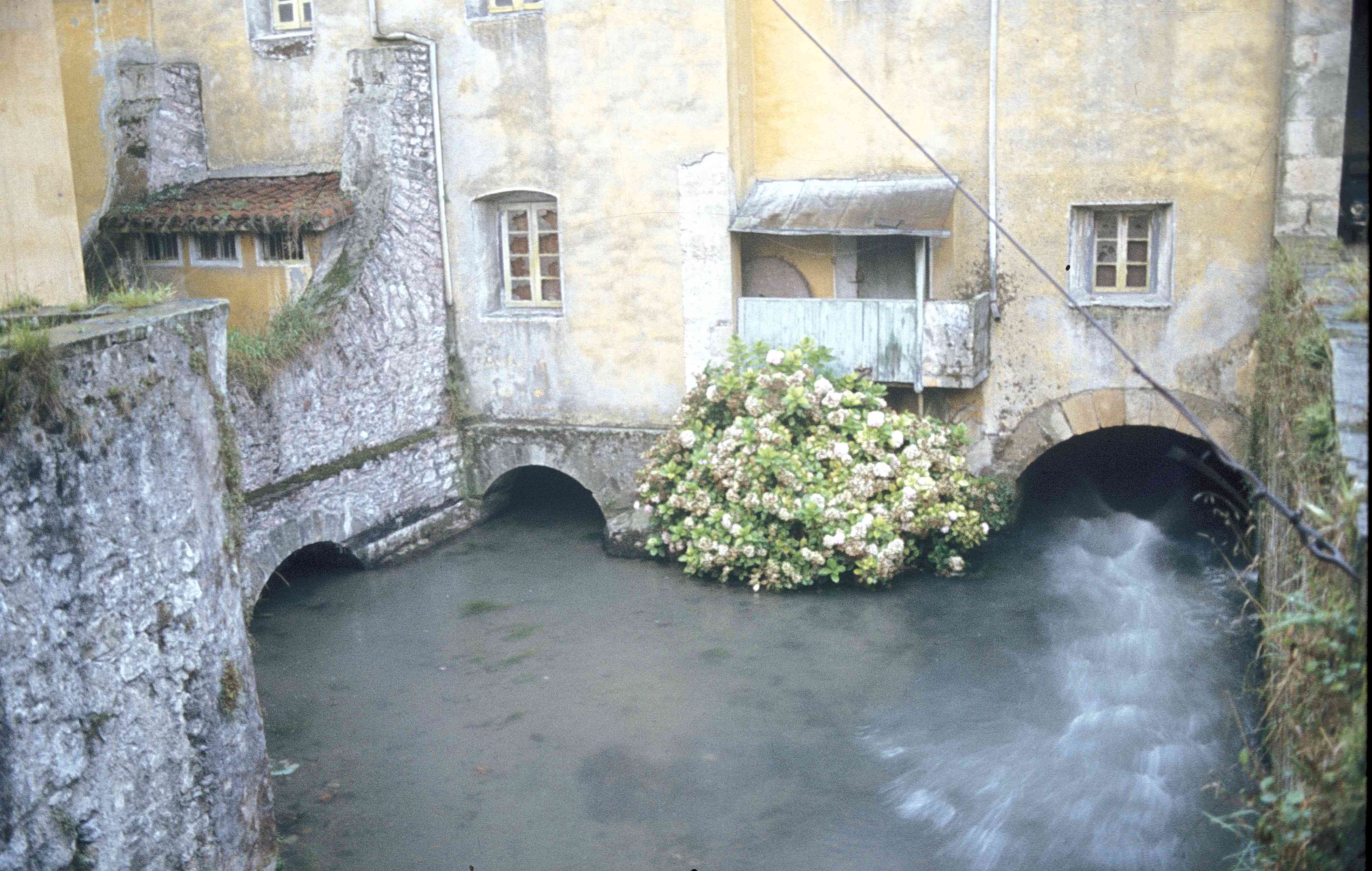
This Centre is also River House, that is River Interpretation Centre, which aims to raise awareness and preserve the environmental and cultural heritage. Since the main protagonist it is the river, backbone of the territory from iron industry until today the awareness that deserves the river ecosystem that surrounds us.
Location
Dolores Ibarruri Zumardia, z/g
20100 Errenteria
Contact
Fanderiako Errota - Ibaiaren etxea
Dolores Ibarruri Zumardia, z/g
20100 Errenteria
943 494 521 / turismoa@oarsoaldea.eus
Interesting information:
Timetable:
- 2nd weekend of each month: 10:30-14:00
- FREE ENTRANCE
INFORMATION AND BOOKING OF GUIDED TOURS: 943 494 521
Remarks:They offer educational program for schoolchildren.
Jantziaren Zentroa
Located in the historic centre of Errenteria, in a building of the seventeenth century, Jantziaren Zentroa will allow you to travel and know the evolution of clothing, and at the same time discover the history of fashion and the style of dressing in Euskal Herria and in Europe.
Permanent exhibition
This is a proposal to learn about the history of fashion through 38 costumes. On this occasion we focus on the 1920s, Jantziaren Zentroa takes us to a night party to the rhythm of the Charleston.
As we hear the sounds of jazz on the first floor we enter a night party after the First World War. 18 costumes, 17 of them women's dresses and one men's costume. It was the moment when women liberated their bodies, leaving behind the corsets and frames in which they could neither breathe nor move. We will enter the night and the party, the costumes sparkle as the spotlights illuminate the thousands of precious stones and pearls sewn into them. Feathers, hats, necklaces, period hairstyles, mannequins dressed with attention to detail.
Most of the dresses come from the USA and France, but there are also some from the Basque Country, specifically from San Sebastian and Maule.
On the second floor of Kapitain-etxea, an exhibition of 20 costumes resumes the fashion between the 18th century and the 1970s. Highlights include a wedding dress from Leitza (Navarre) from 1911, an evening dress from Baiona from the 1920s, and two outfits from Maule from the 1950s and 1970s. All these costumes from the Basque Country are pieces donated to the Jantziaren Zentroa, either by particulars or families.
The fashion section features dresses by four great haute couture designers: Charles Frederick Worth, Paul Poiret, Jeanne Pakin and Cristóbal Balenciaga.
At the entrance you can see for free temporary exhibitions of artisans related to the textile world.
Location
Kapitain Etxea
Kapitainenea street, 6
20100 Errenteria
43.312919, -1.898730
Contact
Jantziaren Zentroa
Kapitain etxea
20100 Errenteria
943494521 / turismoa@oarsoaldea.eus
943449692 / jantziarenzentroa@errenteria.eus
www.jantziarenzentroa.eus
Interesting information
Opening hours:
Saturdays 11:00-14:00 / 17:00-20:00
Sundays and Holyday festivos 11:00-14:00
*Closed on January 1st and 6th, May 1st and 31st December.
Prices:
• Unguided tour: 3 € per person. (0.00€ under 5 years with parents). The first Sunday of each month, free admission.
• Previously reserved guided tour: 7,00€ per person for groups of adults of at least 6 people. (Retired people 6 €).
• Schools. Guided tour: 75 €/group.
Victor Hugo House

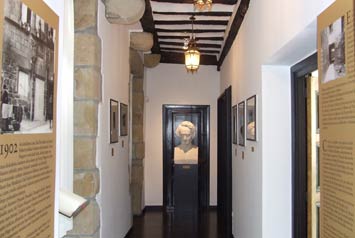
Notice: The Victor Hugo's house is currently closed for renovation works
A typical 17th century house with direct access to the Bay of Pasaia. Victor Hugo lodged in it during his stay in the village of Pasaia in 1843.
Through the exposition "Victor Hugo, travelling down the memory", we will enjoy Pasaia's nineteenth-century essence which completely fascinated the writer. A tribute, not only to the valuable testimony of the drawings and documents he bequeathed, but to all those who left their mark paying tribute to this brilliant writer throughout history.
From the balconies on all of its three floors we can enjoy views of the Bay that inspired the writings and engravings of Victor Hugo during his stay in Pasaia. Let him be your guide, come and experience the romanticism of Pasaia.
At Victor Hugo House you will find:
- Tourist Office
- Museum House: Permanent Exhibition "Victor Hugo, travelling down the memory". It displays elements belonging to different collections of this house since its first inauguration as the House of Victor Hugo in 1902. In addition, we will find an audiovisual interactive presentation named "A tourist guide called Victor Hugo". With this presentation we will discover the Pasaia of the 19th century through Hugo's impressions, as well as the recreation of the room where he lodged in. Here, the writer will tell us about the lifestyle of his times.
- Temporary exhibition gallery.
Location
Donibane, 63
20110 Pasai Donibane
If you come into the village from the Chimney in the Bizkaia Neighbourhood, you will find it in the centre of Pasaia San Juan, or Donibane in Basque, beneath the second archway of the "..first street...which always takes you where you want to go" (Victor Hugo); or at the end of the first passageway if you take the boat across from San Pedro, just like Victor Hugo did in his day.
43.325876,-1.919839
Contact
Pasaia Tourist Office
Victor Hugo Etxea
Donibane, 63
20110 Pasai Donibane (Gipuzkoa)
Tel.: (00 34) 943 341 556
Fax: (00 34) 943 341 777
turismoapasaia@oarsoaldea.eus
www.facebook.com/victorhugopasaia
Interesting information
Schedule:
Winter Timetable: From Tuesday to Saturday: 10:00-14:00/16:00-18:00. Sunday: 10:00-14:00.
Easter, July and August: From Monday to Sunday: 09:00-14:00/16:00-19:00.
Closed: 24th, 25th and 31st December / 1st and 6th January.
Price:
Entrance free.

San Marko Fort, viewpoint of Oarsoaldea
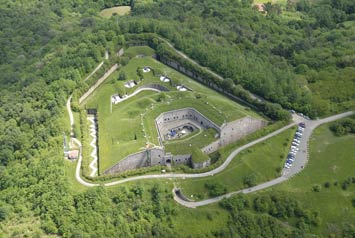
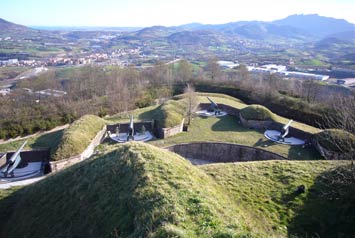
Standing in a privileged spot, deep in the countryside at less than 10 km from San Sebastian, the San Marko Fort is most certainly the best vantage point in Oarsoaldea. Its perfect location makes it an important and privileged viewpoint of Gipuzkoa's coast, where you can admire the famous bays of La Concha, Pasaia and Txingudi among other places of interest.
This military structure located on the top of mount Bizarain at 260 m altitude was built in the 19th century over the town of Errenteria for the defense of the area. Nowadays it does not have any military use; the San Marko Fort was occupied by the army until 1970 and today is integrated into Lau Haizeta Park, forming part of the leisure-cultural area.
Discover its secrets
Discover the sensation of a century-old military structure by visiting parts of the fort never before opened to the public. Learn about the history of the building as you travel back in time. Take the panoramic lift and enjoy spectacular views of the surrounding area.
A lot to do
1. Visit the San Marko Park and Cultural Area, its cultural heritage and beautiful countryside of Lau Haizeta Park.
2. Walk the well-marked paths round San Marko Fort and Txoritokieta.
3. Relax in the picnic area and playground.
Lau Haizeta Park
Don't forget to visit Lau Haizeta Park. In addition to the fort at San Marko, you´ll also discover the nearby Txoritokieta Fort. And as you walk along the various paths that wind through the park, you´ll come across stone monuments including Berrozpin, the Txoritokieta monolith and the Aitzetako Txabala dolmen.
To visit
• Front Desk / Tourist Information Point: A room of the fort now serves for the reception of visitors, and provides tourist information of Errenteria and the Oarsoaldea Region.
• Lower Floor: The military activity has been recreated in the spaces below by settling a few replicas: machine guns, cannons, soldiers, artillery and more... In addition, visitors can obtain information on what they are seeing through information panels installed and available in several languages.
- Caponier
- Half Caponier
- Battery Fires Curved
- Battery to Barbeta
Services
- Private parking. Limited parking places.
Location
San Marko Fort
San Marko bidea,z/g
20100 Errenteria
43.297948,-1.913939
Contact
San Marko Fort Information Point
San Marko bidea, z/g
20100 Errenteria (Gipuzkoa)
Tel..: (00 34) 943 449 638
turismoa@errenteria.eus
Interesting information
Fort-Museum and San Marko Fort Information Point:
Timetable
Open from Easter for 6 months
Weekends and public holidays:
- 10:00-14:00
- 16:00-18:00
July and august
From wednesday to sunday and holidays:
- 10:00-14:00
- 16:00-18:00
You can visit the Fort with your dog while it is on a leash. In the parking you will find a fountain, and around the fort you can do different routes with your dog.
San Marko Day:
Celebrated on the 25th April, this day has special meaning for the locals. Special cakes are made on this day, called "opilak", which godparents give to their single godsons as tradition dictates. A traditional festival called Erromeria is held at the fort and its surroundings on the Sunday closest to the saint´s day.
Prices:
Museum:
Self-guided tour: free . (The museum is opened only in high season)
Guided tour (check availability): free
Guided tours for groups, booking in advance: 0034 943 449 638.

Arizmendi enea House Museum
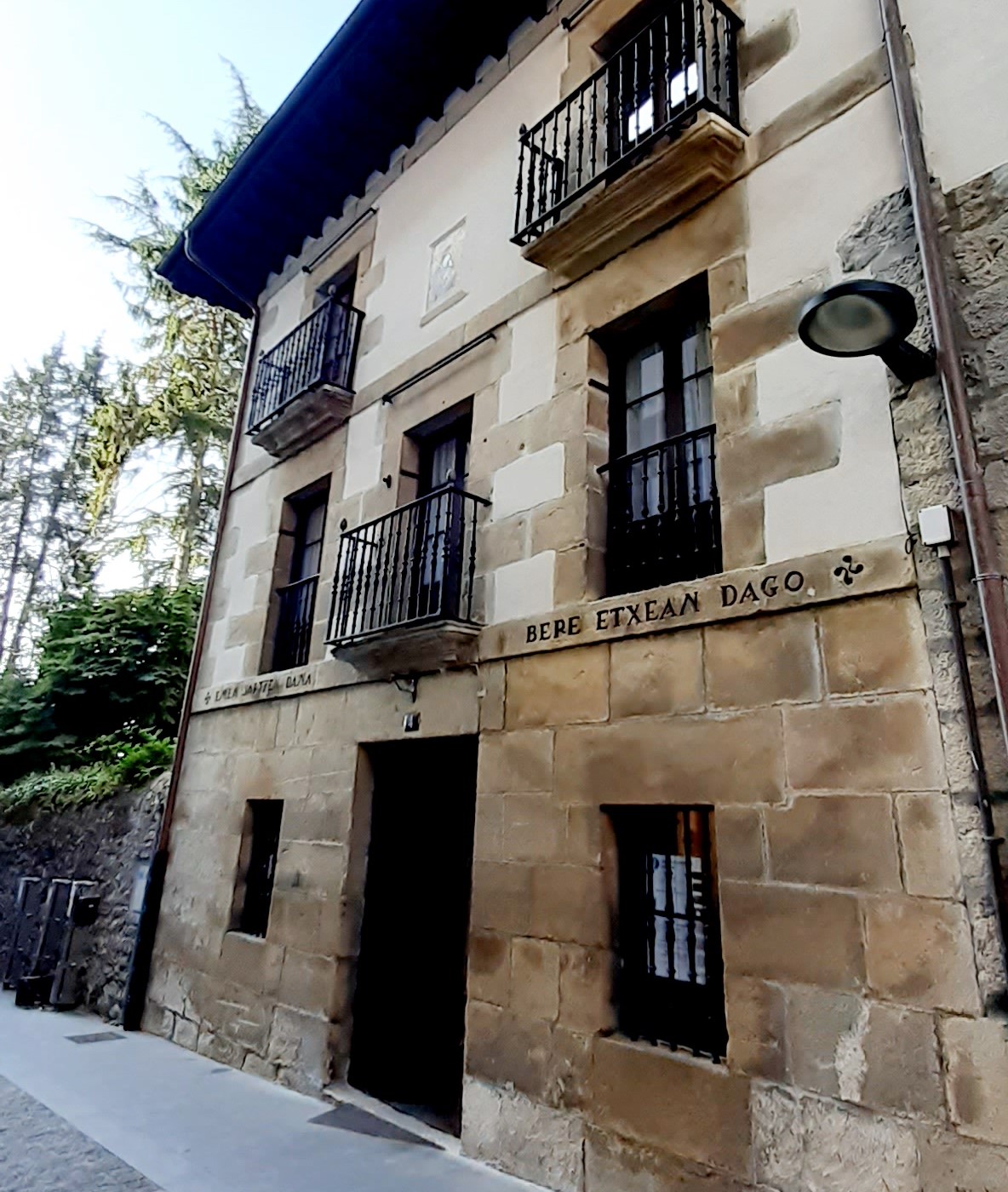
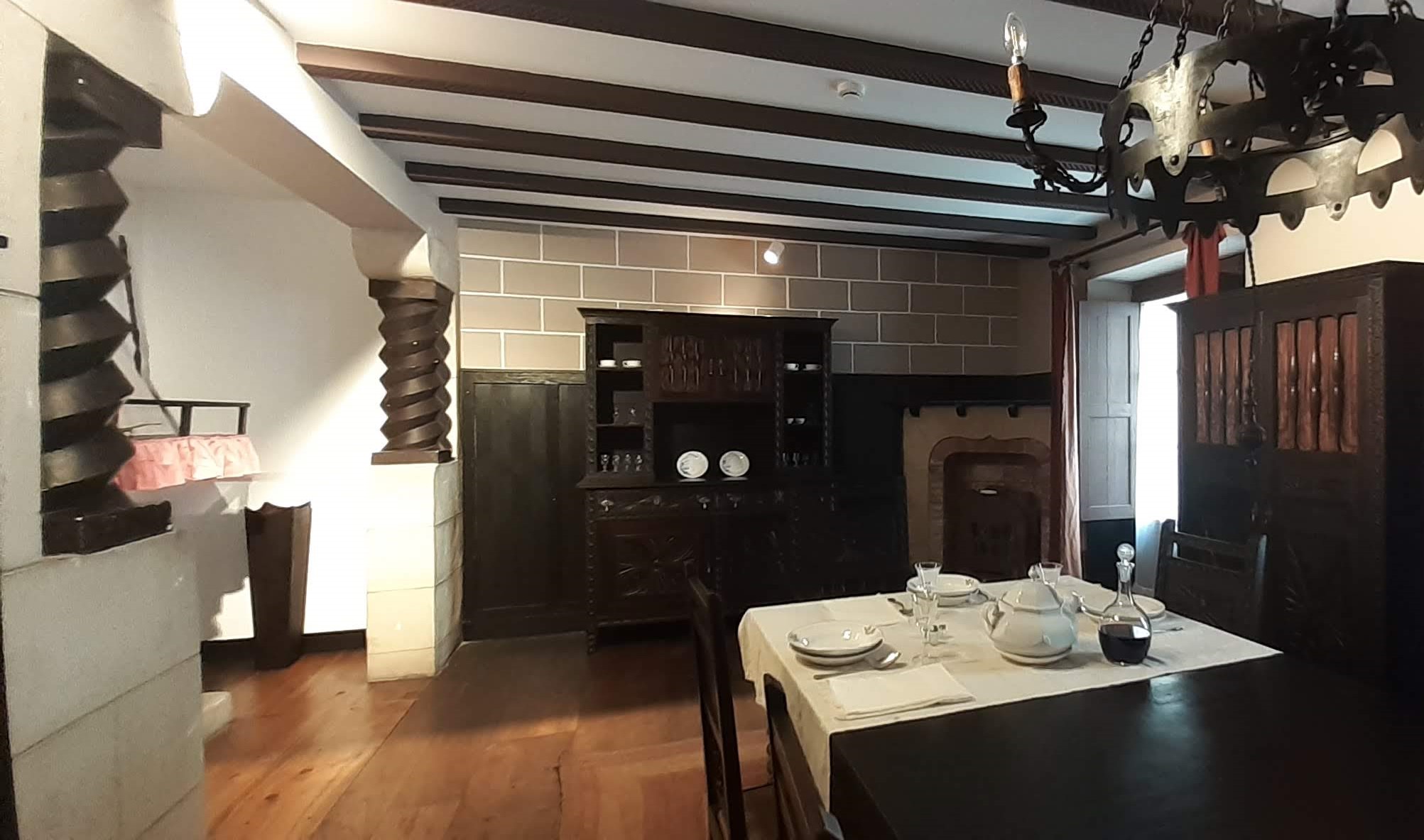
Urdinola-Arizmendi enea house, located in the heart of Elizalde neighborhood in Oiartzun, is a clear example of a vacation house of Basque bourgeoisie of the early twentieth century. Despite being a building of the eighteenth century, its structure and aesthetics were reformed to adapt to tastes and needs of the new family (Arizmendi). Due to its peculiar typology and the excellent state of conservation, in 2020 it was declared Heritage of Special Interest. During the guided tours offered in this House Museum, we will delve into the lifestyle and experiences of that time.
Visiting all rooms, we will travel back through the time to understand the social behaviors of that period, discover the characteristics of quotidian life and know different passages of history, such as the nationalist movement and the Emakume Abertzaleon Batza group (Basque nationalist women), the beginning of the Civil War and the subsequent execution to Angel Arizmendi.
The house, in addition to a spacious garden (nowadays public) and the different rooms distributed over three floors, has the Tourist Office on the ground floor.
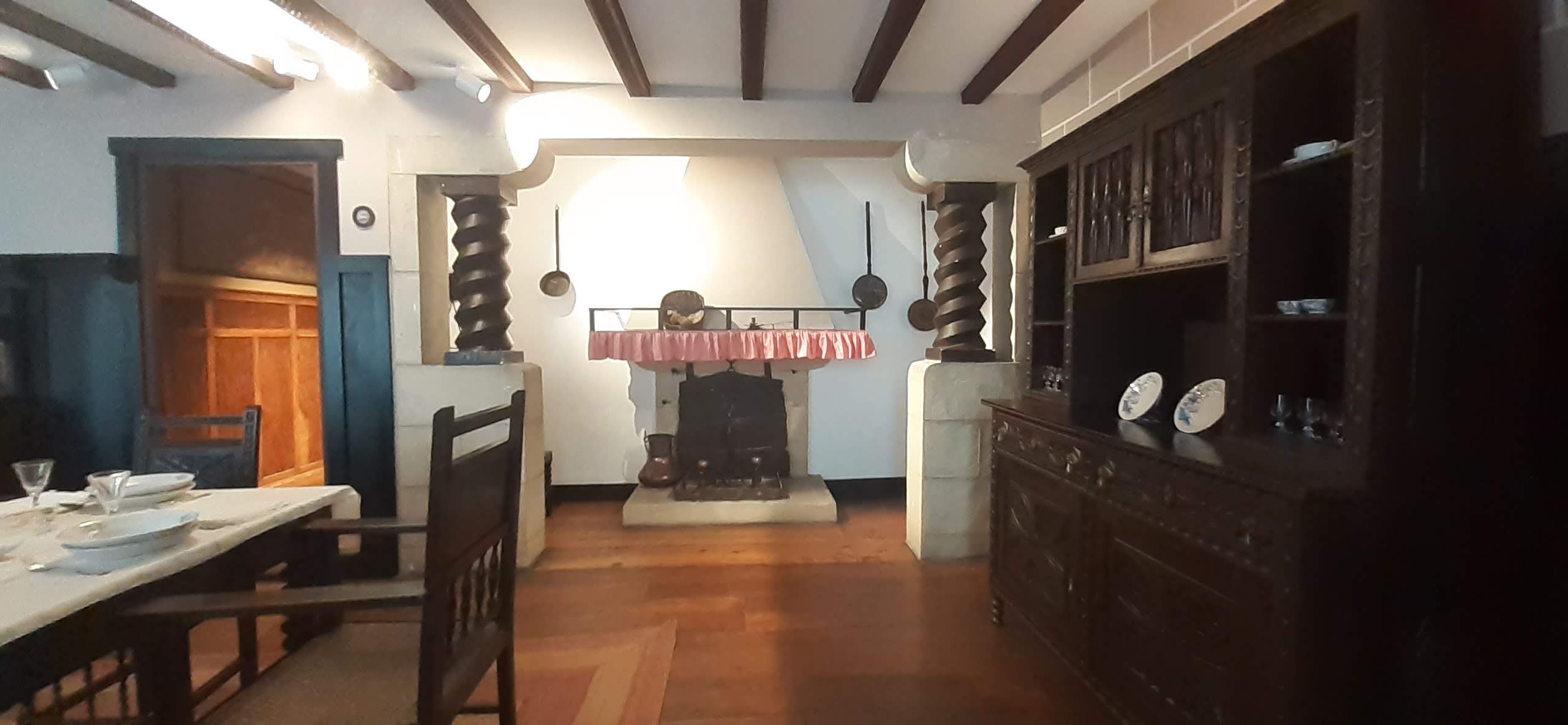
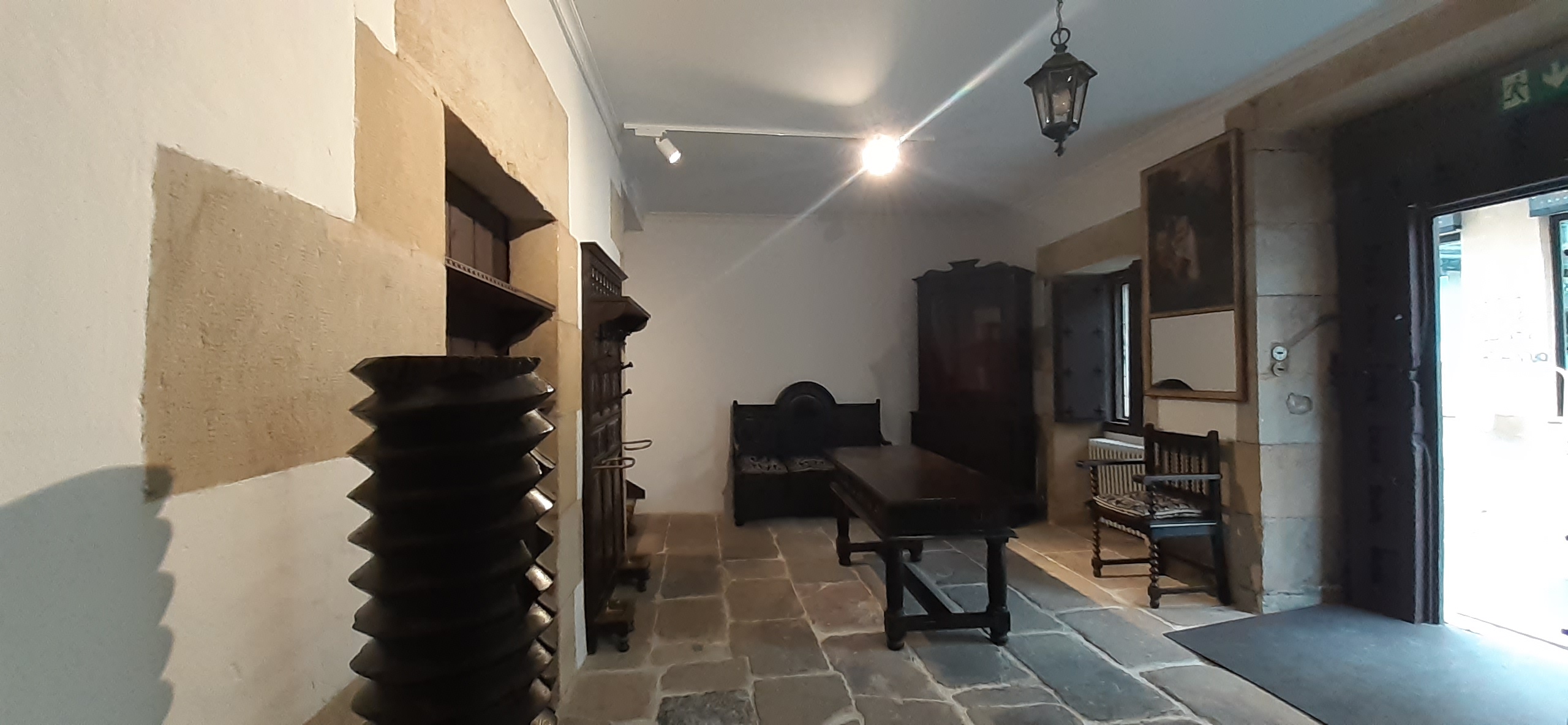
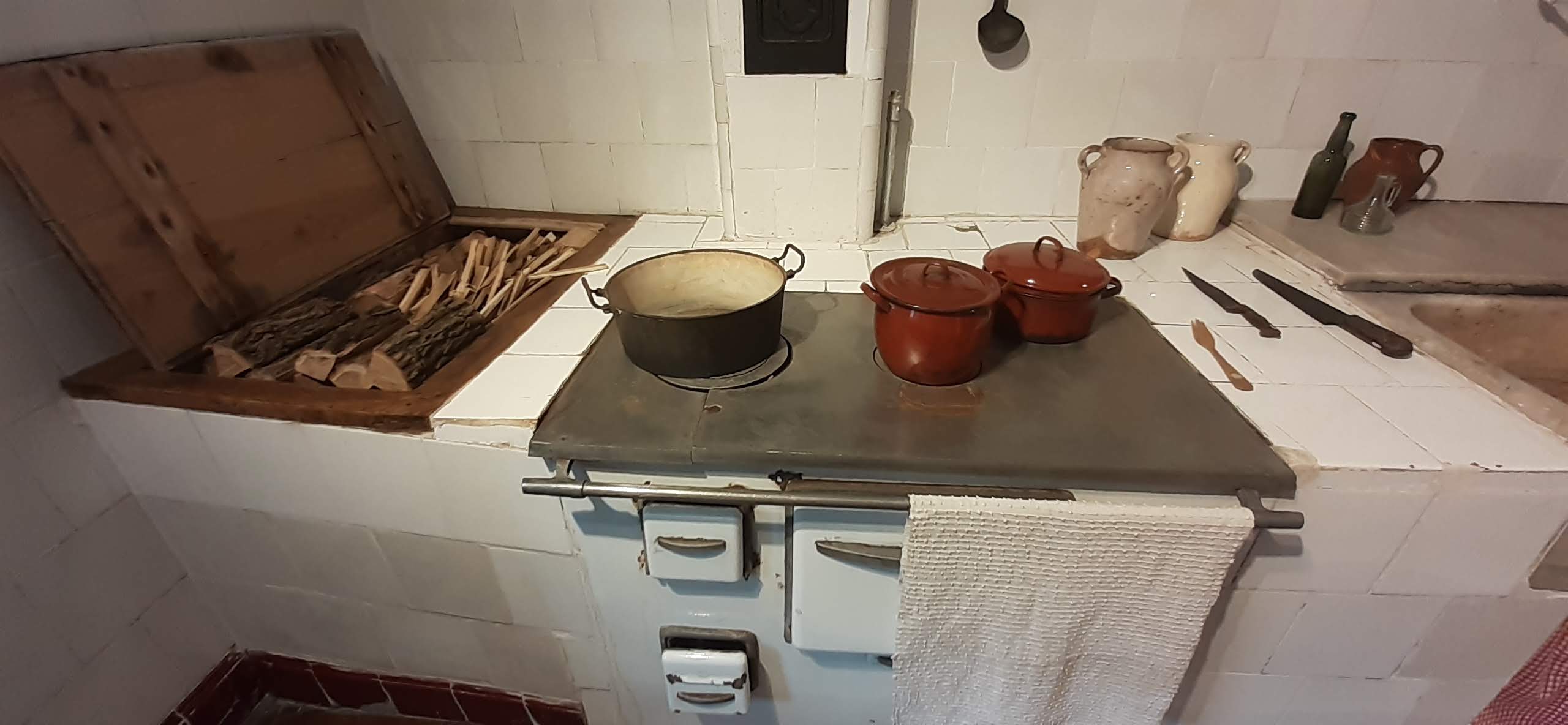
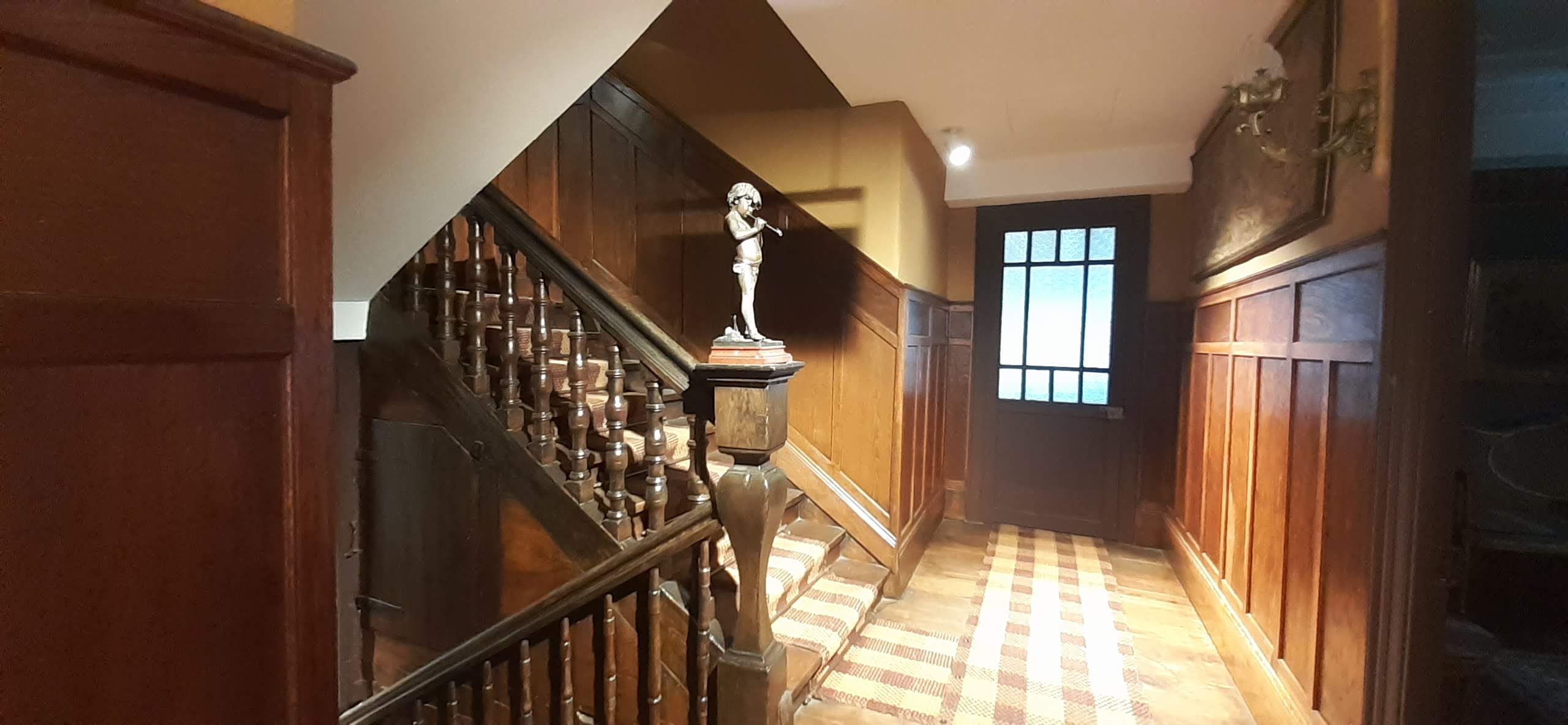
Location
Aialde, 4. Elizalde
20180 Oiartzun
Contact
Oiartzun Tourist Office (Easter, July and August)
Aialde, 4. Elizalde
20180 Oiartzun (Gipuzkoa)
Errenteria Tourist Office (rest of the year)
Madalen, 3
20100 Errenteria (Gipuzkoa)
Tel.: (00 34) 943 508 913
turismoaoiartzun@oarsoaldea.eus
Tel.: (00 34) 943 494 521
turismoa@oarsoaldea.eus
Interesting information
To visit this House Museum, you can take free guided tours. Only under reservation.
Guided tours
- Maximum 9 people for each group.
- Minimum 2 people.
- Easter, July and August. Saturday and Sunday mornings**. Timetables: 10am/12am in Basque and 11am/13am in Spanish. **Easter Week 2024. Guided tour also on Friday 29 mars and 5 April at 11:00h. Bookings: Oiartzun Tourist Office / +34 943 508 913/ turismoaoiartzun@oarsoaldea.eus
- During the rest of the year: Saturdays at 11:00h. Bookings: Errenteria Tourist Office / +34 943 494 521 / turismoa@oarsoaldea.eus













